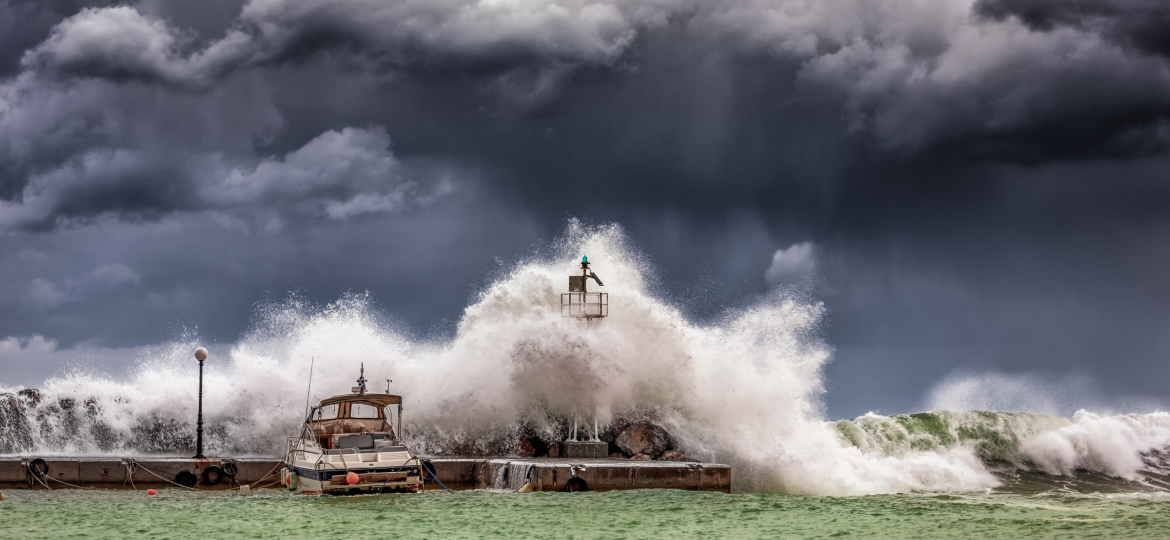
In late January, Ireland was struck by Storm Éwøn, one of the most destructive weather events in recent years. The storm knocked out electricity for 780,000 homes, with 130,000 still without power six days later. Beyond the outages, the storm disrupted water systems, phone networks, internet access, and even emergency services, revealing how dependent modern society has become on complex but fragile infrastructure. Emergency generators had to be flown in, some by the Romanian Air Force, to maintain essential services. It was a wake-up call not just for Ireland, but for all of Europe. The lesson is clear: energy, communications, and data infrastructure must be made more resilient, not just to weather events, but to a broader range of threats including cyberattacks, espionage, and sabotage.
Ireland’s energy infrastructure is unusually concentrated and vulnerable. It relies on just two gas pipelines from Scotland and a small number of submarine electricity interconnectors. A senior source explained that a single attack or accident could cut off a major supply line and leave the country without sufficient power within hours. This scenario could force authorities to choose between supplying hospitals or keeping data centres operational. The risk is no longer theoretical. In late 2023, the Russian naval vessel Yantar, believed to be capable of interfering with undersea cables and pipelines, loitered off Ireland’s coast. Although no sabotage was confirmed, its presence raised serious concerns about Ireland’s capacity to detect and respond to threats below the surface. Ireland lacks adequate subsea sonar systems, autonomous underwater surveillance, and coordinated maritime defence.
Meanwhile, Ireland has positioned itself as one of Europe’s key digital infrastructure hubs, hosting one of the highest concentrations of hyperscale data centres and at least 17 undersea fibre optic cables. These cables connect Ireland to the UK, US, and continental Europe and are critical to the functioning of global internet and cloud services. While data cables have some redundancy built in, this is not the case for energy. A single point of failure in a gas pipeline or electric interconnector could paralyze national systems. The potential for overlapping vulnerabilities, where both digital and energy systems go down at once, is a growing concern.
Compounding the risk is the country’s limited military capacity. A recent study from Coventry University found Ireland’s navy too small to police its massive maritime zone, with only four operational vessels and no subsurface surveillance capability. While recent defence reviews recommend investing in radar and sonar systems and joining NATO’s Critical Undersea Infrastructure Coordination Cell, progress has been slow. Experts estimate that an effective maritime defence system would require at least €25 million in investment for radar, sonar, and the deployment of autonomous underwater vehicles. Ireland must also increase collaboration with neighbouring countries like the UK and France, which already monitor key parts of Europe’s maritime infrastructure.
Ireland’s situation mirrors wider European challenges. The continent is pushing toward renewable energy, digital sovereignty, and resilient supply chains, but many of these ambitions rest on fragile, under-protected infrastructure. The EU-funded Celtic Interconnector, due to link Ireland and France by 2026, is a step forward. However, it will only be as secure as the systems in place to monitor and protect it. Europe needs a comprehensive strategy that includes mapping critical infrastructure, deploying detection tools, investing in defence, collaborating across borders, and building redundancy into every layer of the system.
The Sunrise Europe project believes that a sustainable future must also be a secure one. Our work emphasizes that true resilience is not just about generating clean energy or rolling out high-speed internet, it’s about ensuring that the networks delivering these services are shielded from both natural disasters and malicious attacks. We advocate for policy alignment, increased funding, and integrated planning across energy, digital, and defence sectors. A robust, pan-European approach to infrastructure protection is not only necessary, it is urgent. As Storm Éwøn showed us, the next threat could come from the sea, from the sky, or from the keyboard. Europe must be ready.
Written by: Maria Carolan, Carr Communications
This blog post is based on the Irish Examiner article “Critical infrastructure: Irish gas and electricity supplies are highly vulnerable to attack,” published on Monday, 7 April 2025: Critical infrastructure: Irish gas and electricity supplies are highly vulnerable to attack

